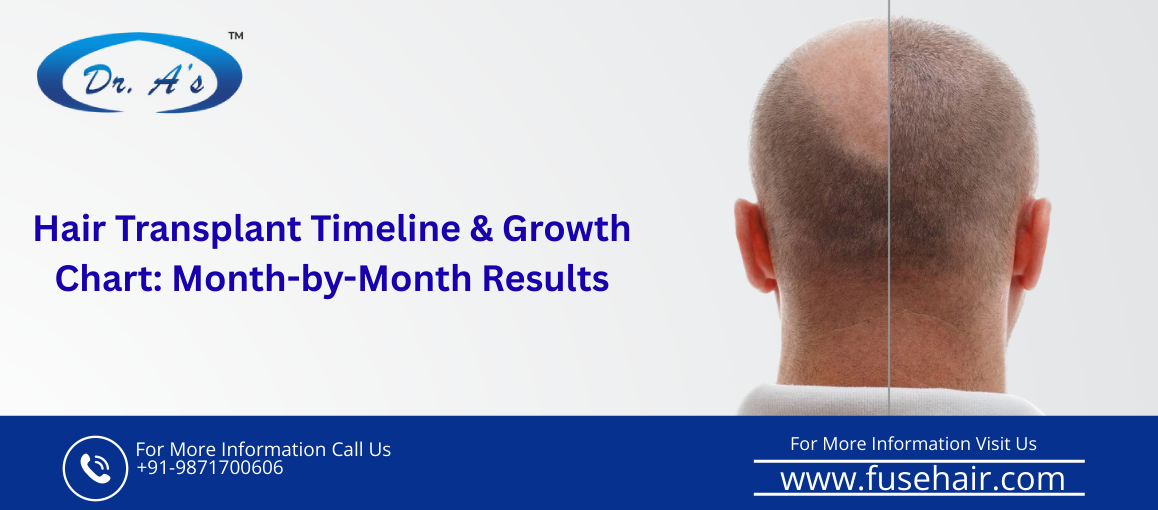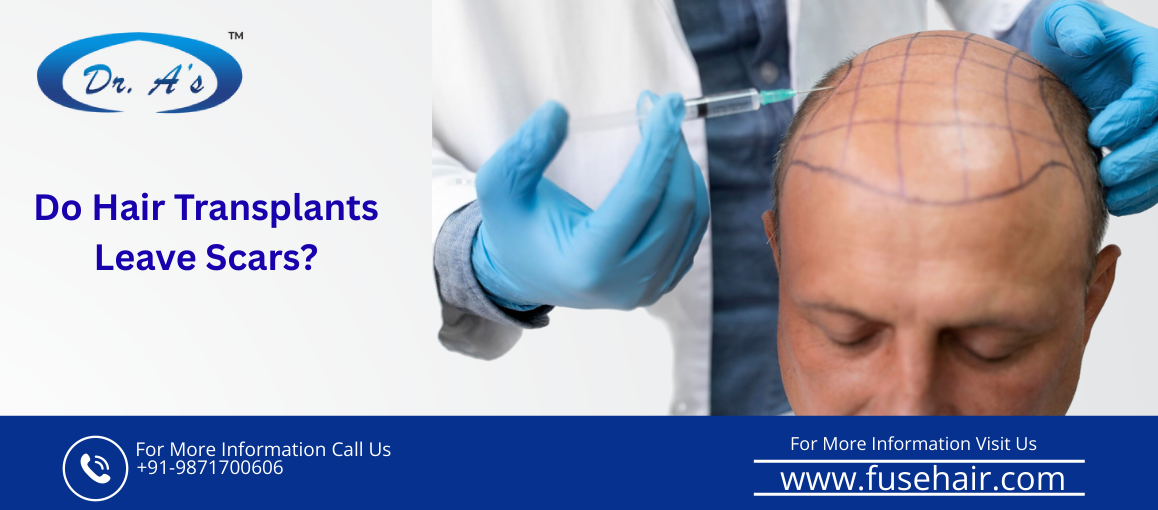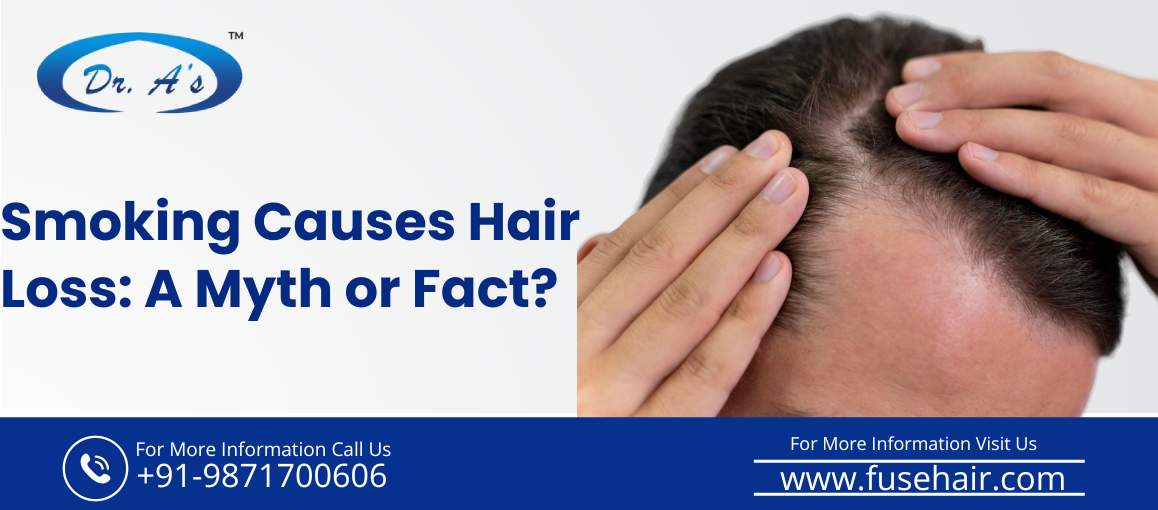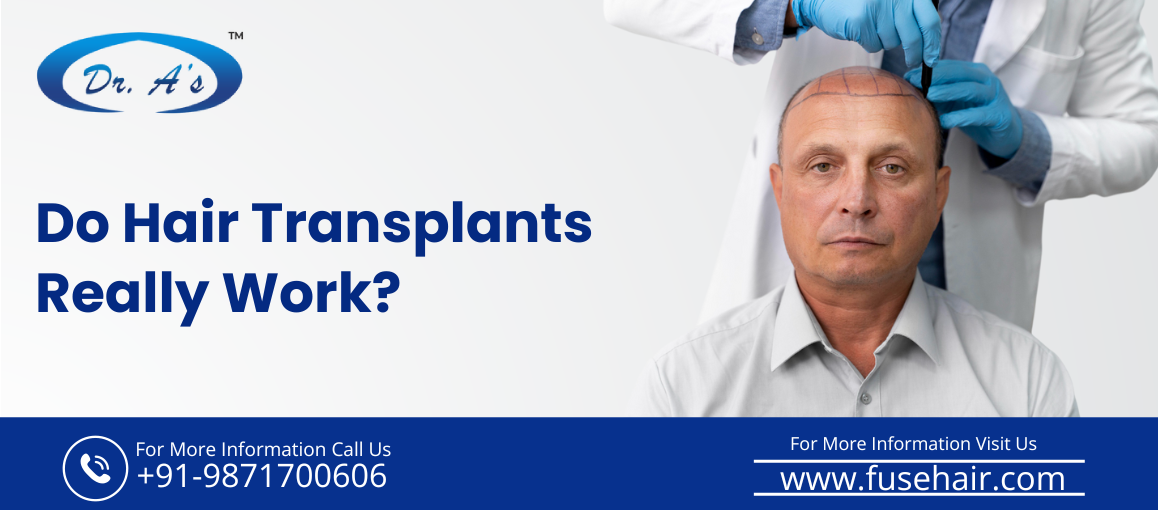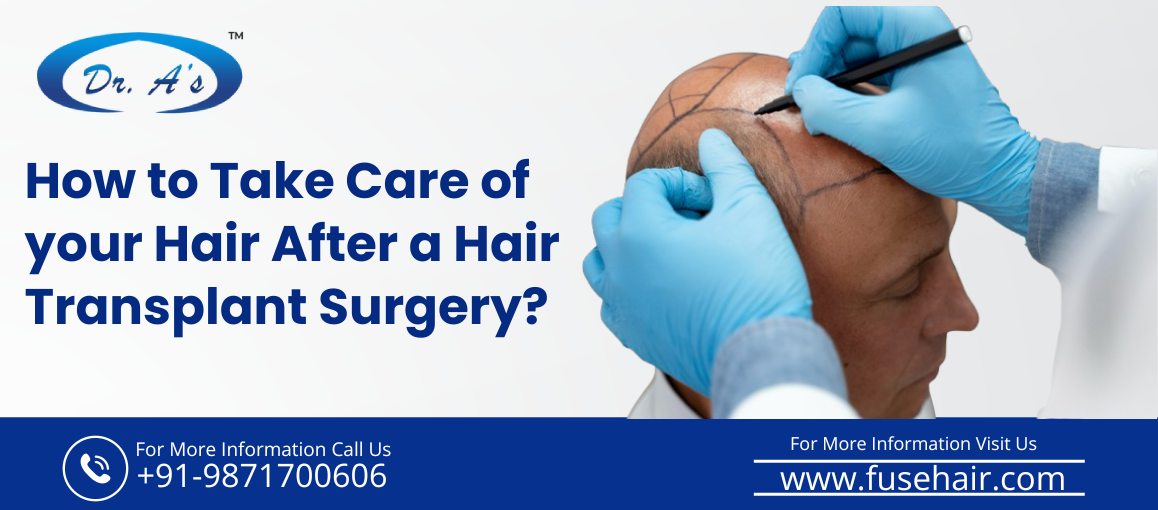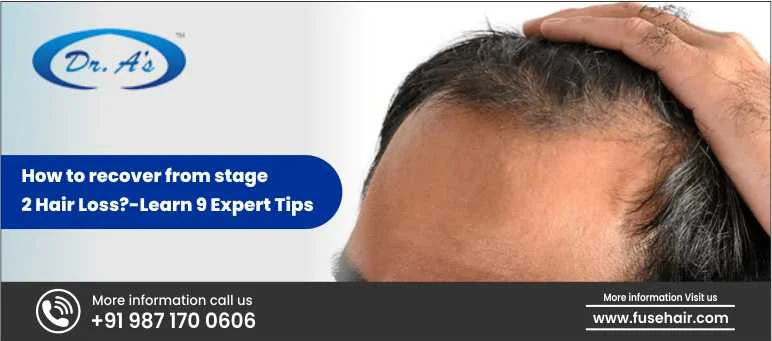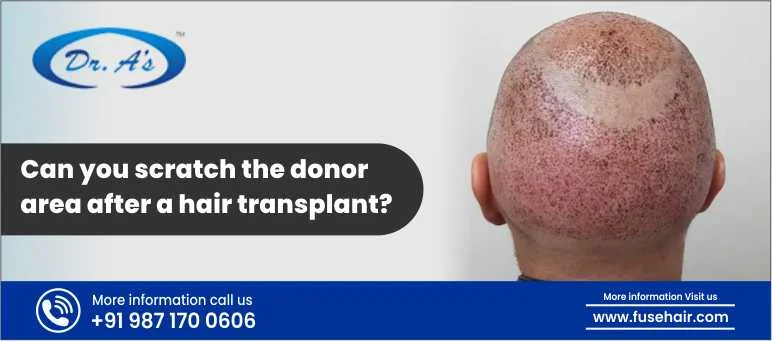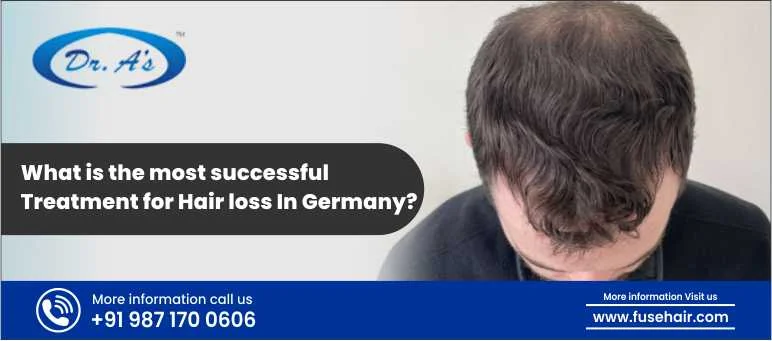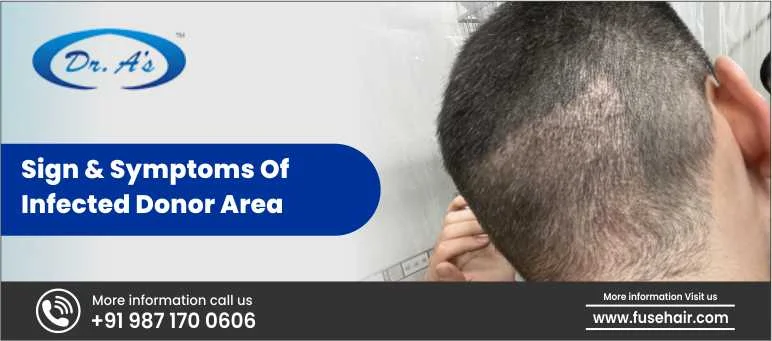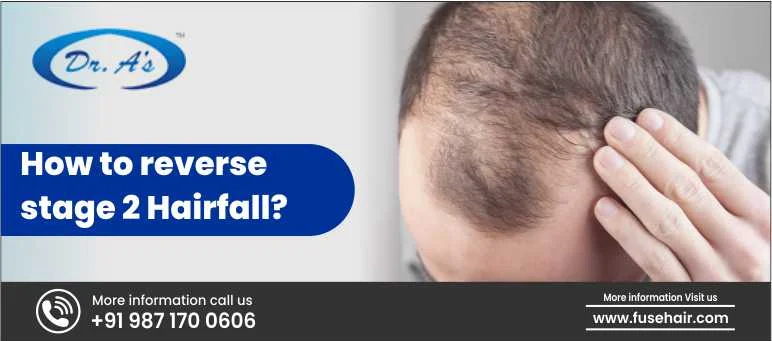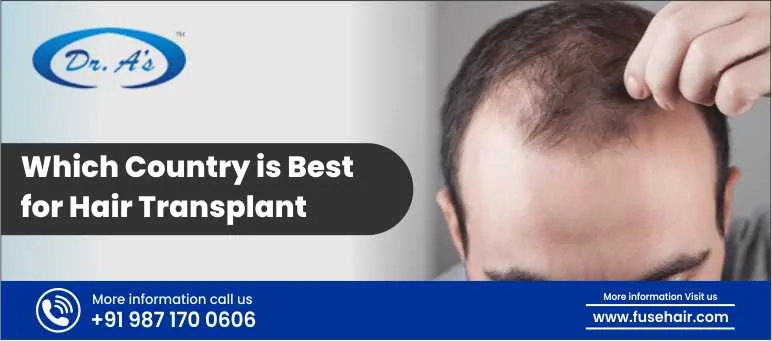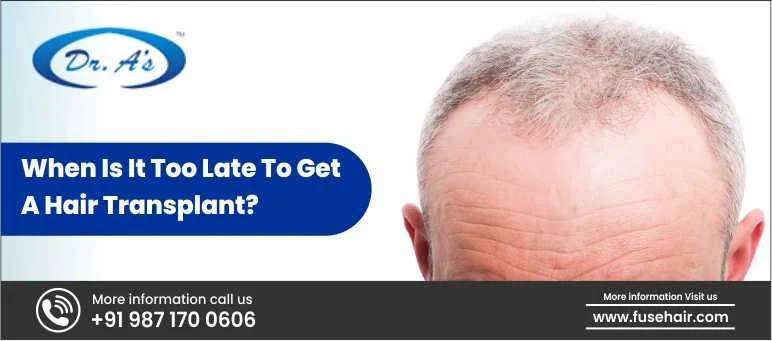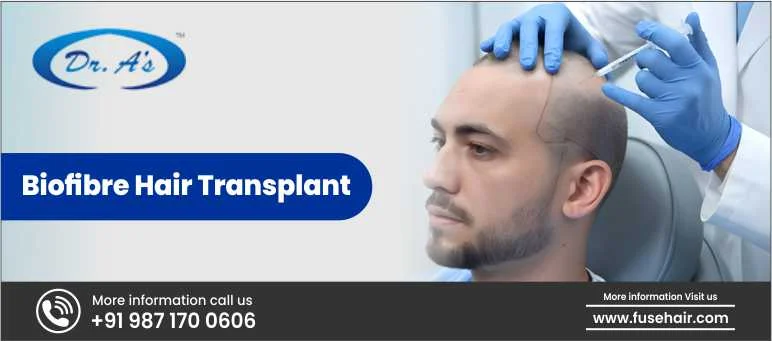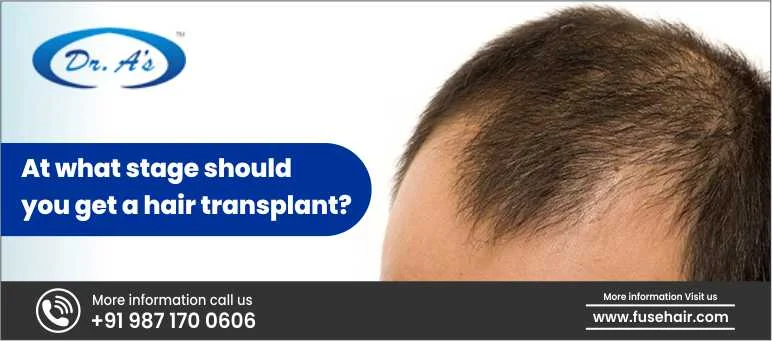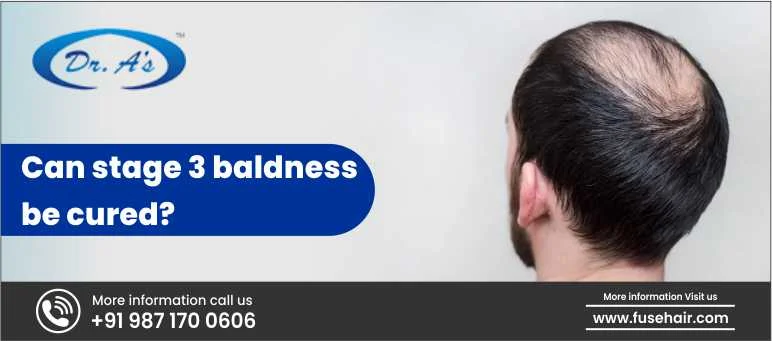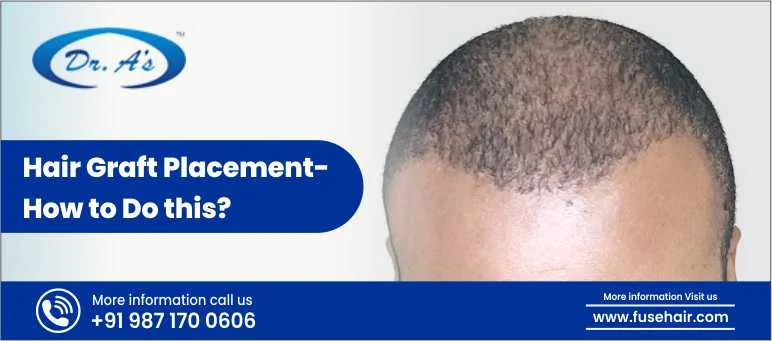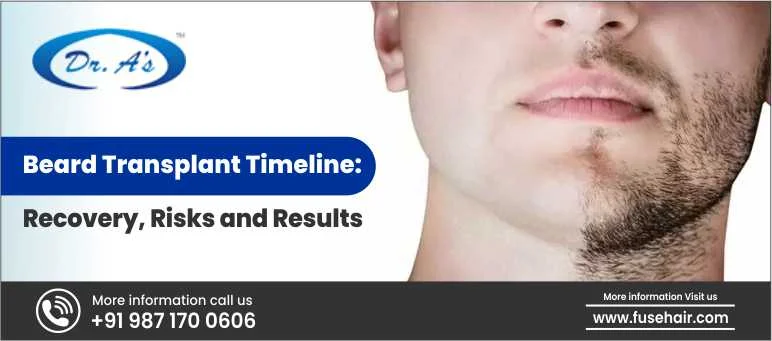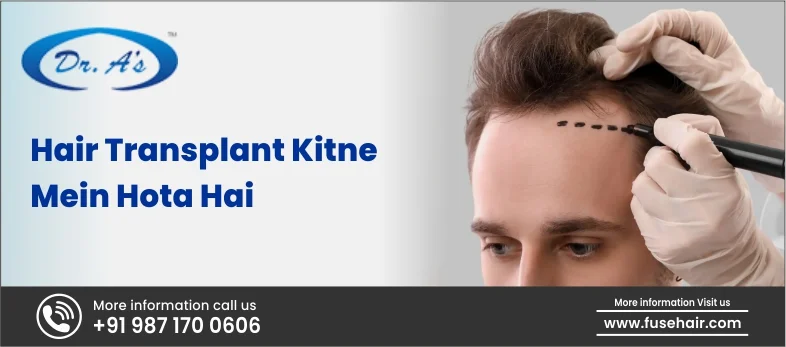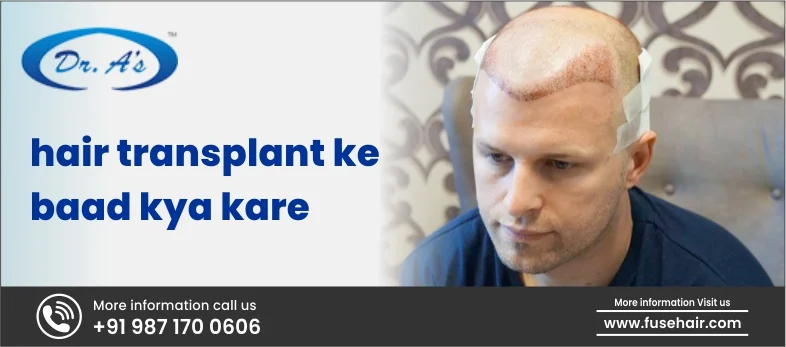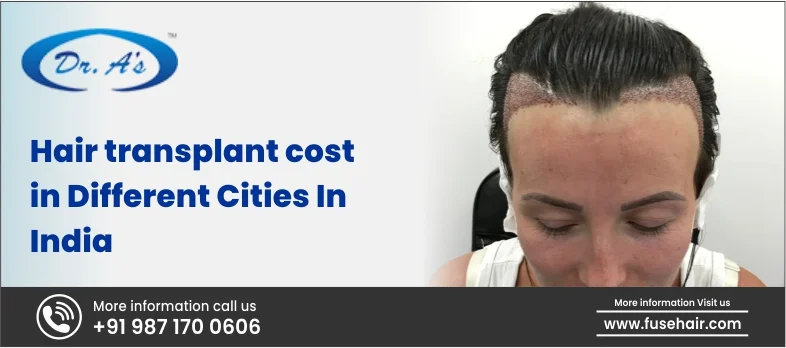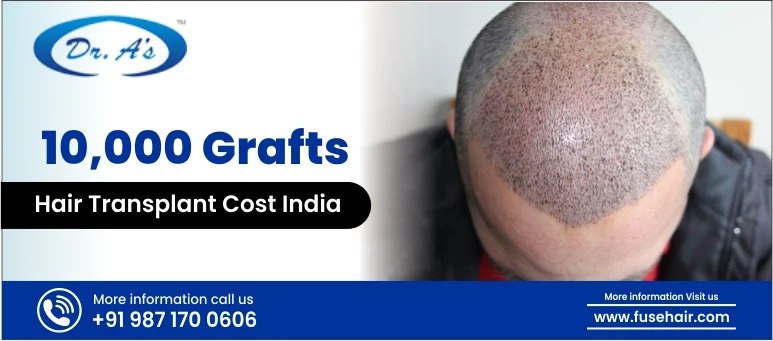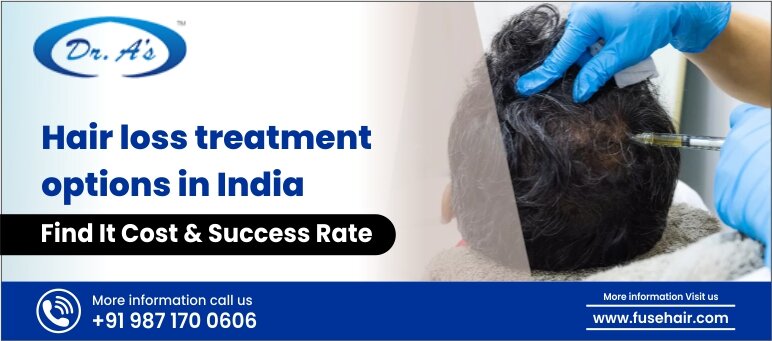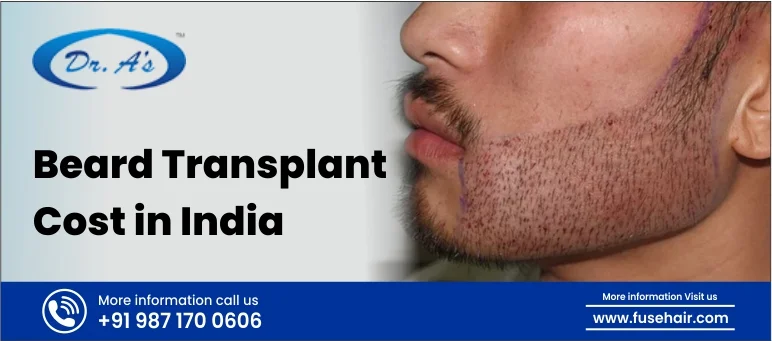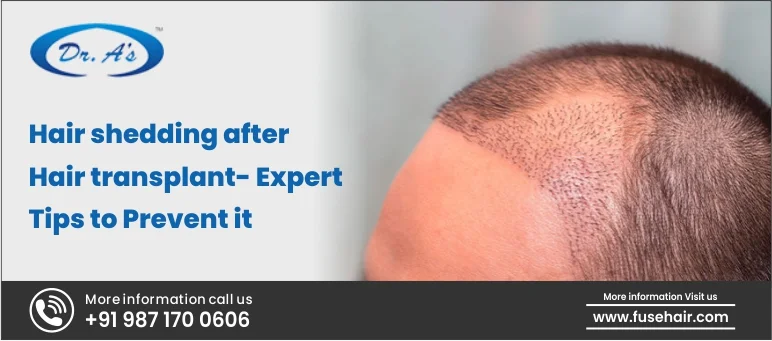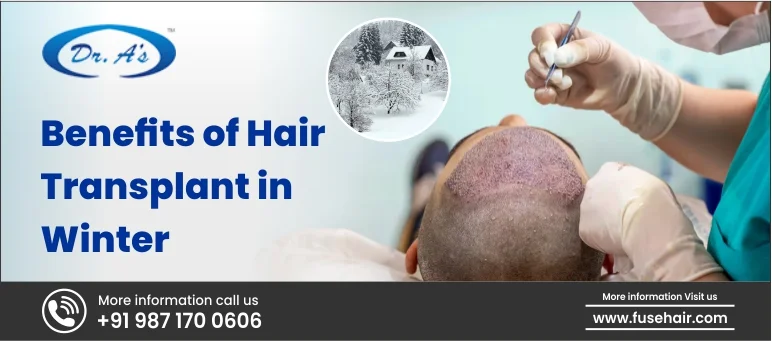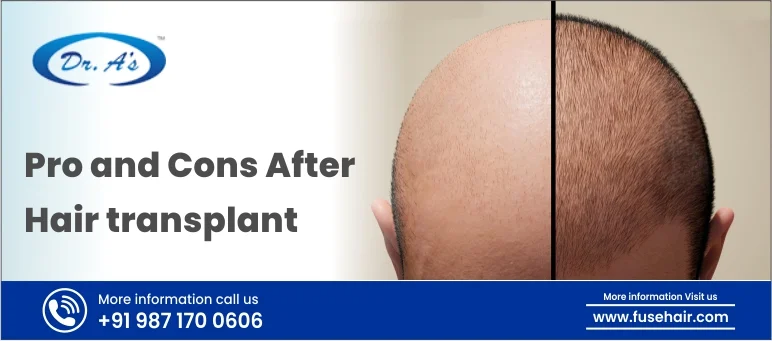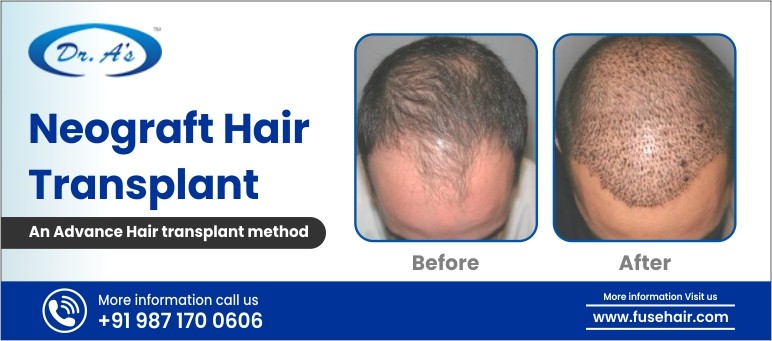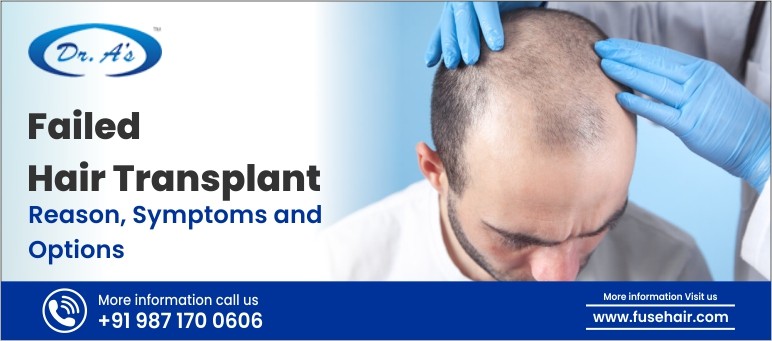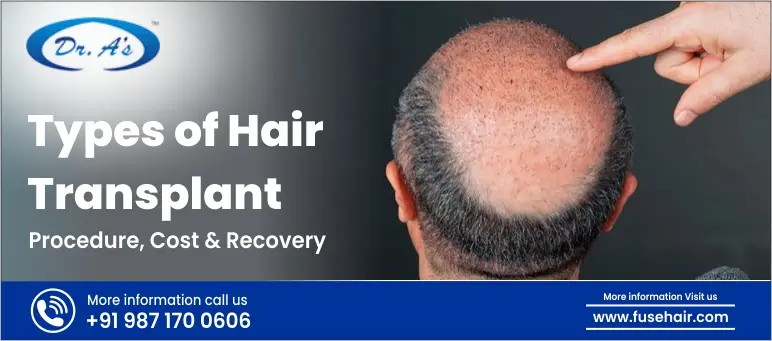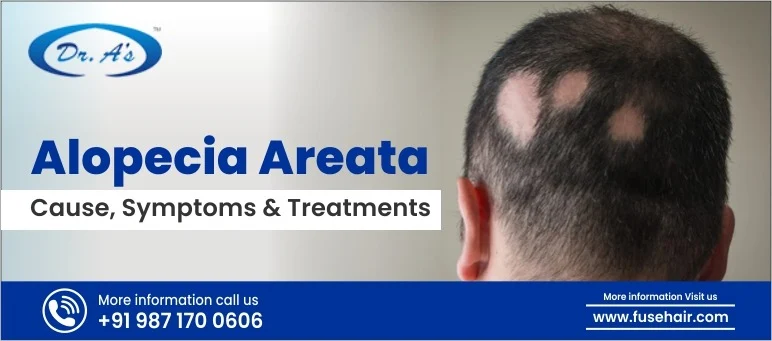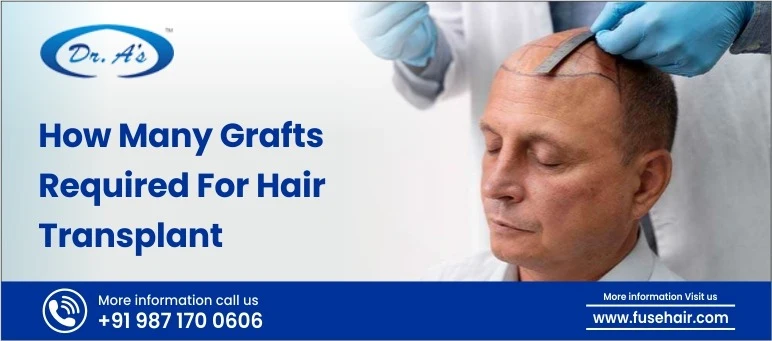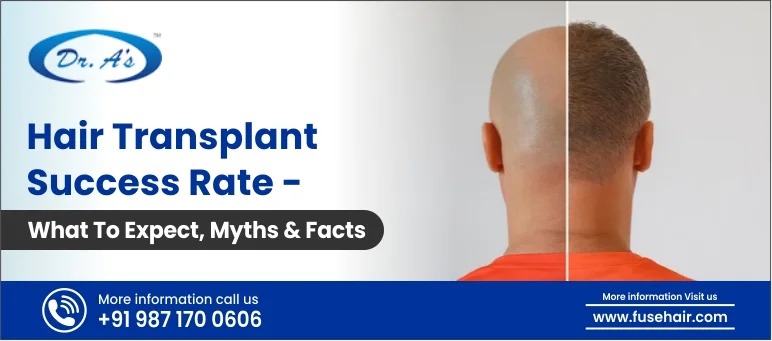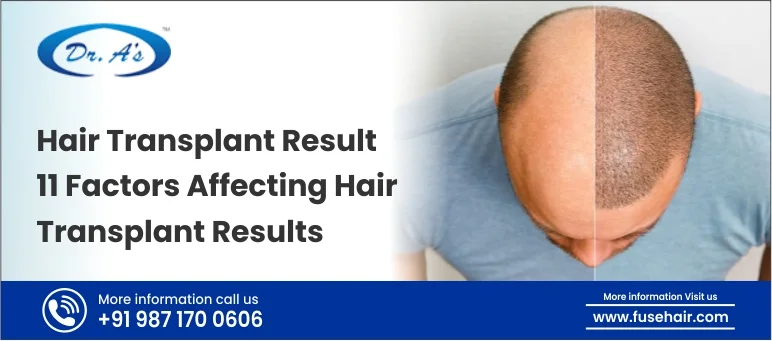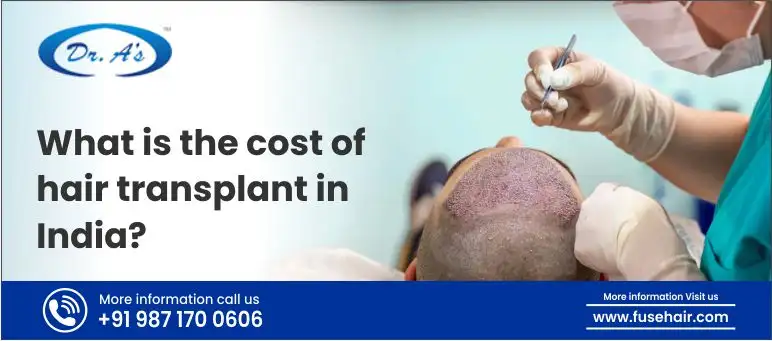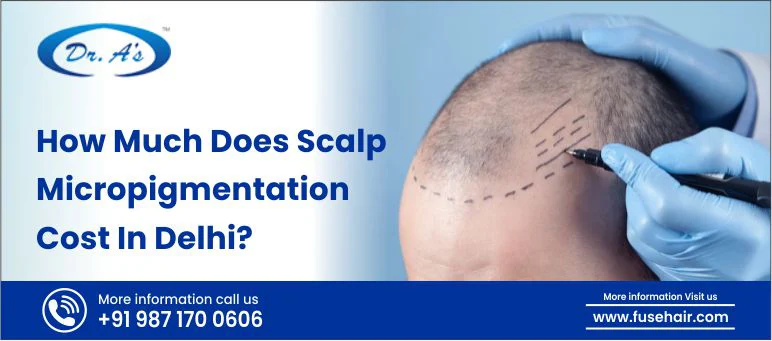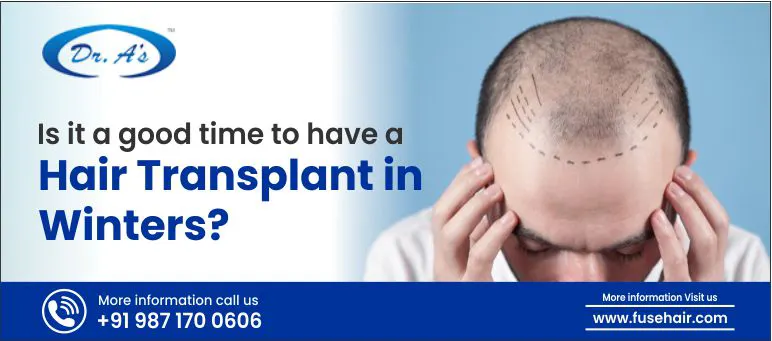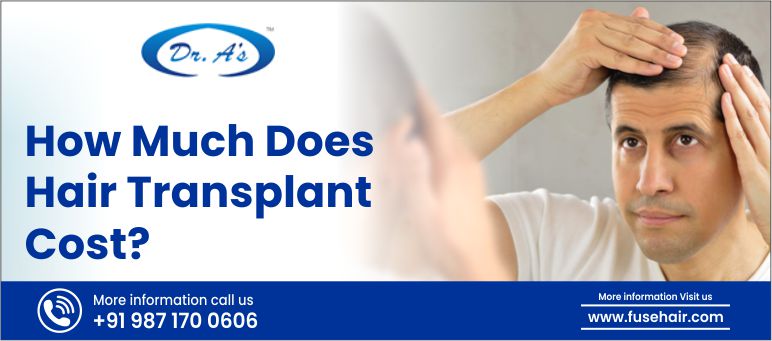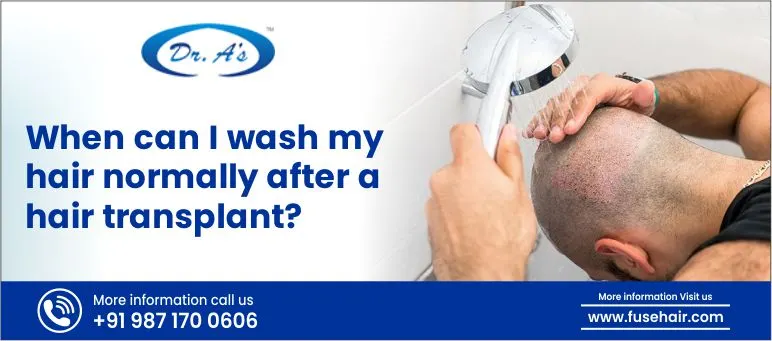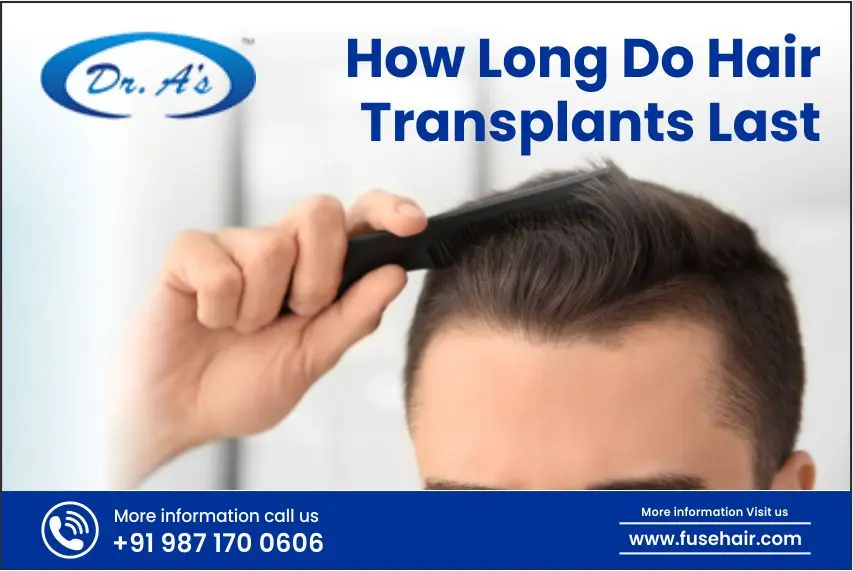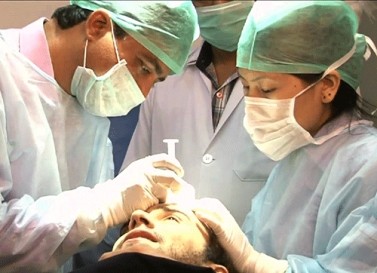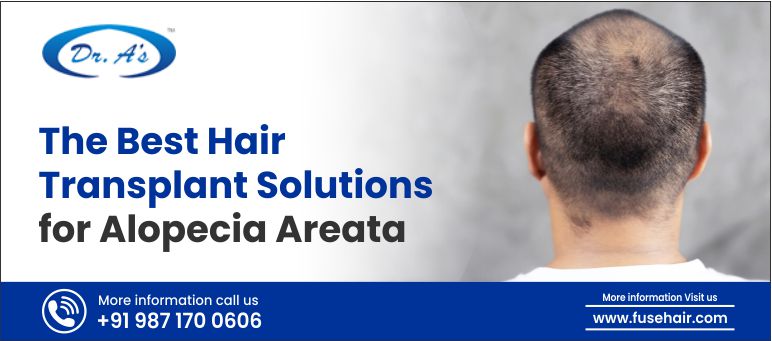
Are you dealing with hair loss? You might be suffering from Alopecia areata. Alopecia areata is a kind of autoimmune hair loss condition affecting both men and women. It causes hair to fall out in patches, and the scalp and other parts of the body may be affected. While there is currently no cure for alopecia areata, hair transplant treatment can be an effective solution for some people with the condition. Read this article to learn about some of the best solutions for Alopecia Areata.
How is it caused?
Alopecia areata is an autoimmune disease that leads to hair loss on the face, head, and other body parts. It is caused when the immune system attacks hair follicles, leading to hair loss. Several factors may contribute to its development, including:
- Genetics: Alopecia areata may be more common in people with a family history of the condition, suggesting a genetic component to the disorder.
- Immune system dysfunction: The immune system plays a key role in the development of alopecia areata, as it mistakenly attacks hair follicles, leading to hair loss. It’s not yet fully understood why the immune system begins to attack hair follicles in people with alopecia areata.
- Triggers: Certain triggers may play a role in the development of alopecia areata, including stress, trauma, viral infections, and other environmental factors. It still needs to be fully understood how these triggers may contribute to the development of the condition.
Male alopecia areata
Alopecia areata can have a significant impact on males who experience it. The condition can cause hair loss in small, round patches on the scalp, face, and other body parts, which can be highly visible and profoundly affect self-esteem and body image.
For many males, hair loss can be a distressing experience leading to embarrassment, shame, and anxiety. Alopecia areata can also affect social interactions, relationships, and work performance, as individuals may feel self-conscious about their appearance or experience discrimination and stigma related to their condition. In some cases, males with alopecia areata may wear wigs or hairpieces or opt for hair transplant surgery or other cosmetic procedures to restore hair growth. Others may embrace their hair loss and find ways to build confidence and self-acceptance, such as through support groups or counseling.
Female alopecia areata
Alopecia areata can cause hair loss in small, round patches on the scalp, which can be highly visible and profoundly affect the self-esteem and body image of the female. Hair loss can be a daunting experience for many females, leading to embarrassment, shame, and anxiety. Alopecia areata can also affect social interactions, relationships, and work performance, as individuals may feel self-conscious about their appearance or experience discrimination and stigma related to their condition. In addition to the physical symptoms of hair loss, females with alopecia areata may also experience emotional and psychological effects. These can include low self-esteem, depression, and social isolation. However, it can be treated using Corticosteroids, Topical Immunotherapy, Minoxidil, Anthralin, and Platelet-Rich Plasma (PRP) therapy.
Here are 5 best hair transplants solution for alopecia areata:
Follicular Unit Extraction (FUE):
It is an invasive hair transplant procedure that involves removing individual hair follicles from a donor area and transplanting them to the affected area. FUE hair transplant is a good option for those with alopecia areata because it leaves minimal scarring and allows for greater flexibility in the placement of transplanted hairs.
Minoxidil:
Minoxidil is a medication that is used to treat alopecia areata, a type of autoimmune hair loss condition. It enhances the blood flow in the hair follicles, which further helps to improve hair growth. It is applied topically, usually in the form of a foam or solution, directly to the scalp where hair loss has occurred. It is typically used twice a day, every day, and should be applied to dry hair and scalp.
Topical immunomodulators:
Topical immunomodulators are a type of medication that can be used to treat alopecia areata, a type of autoimmune hair loss condition. These medications work by altering the immune response that is causing hair loss and can help promote hair regrowth. They are applied directly to the scalp, usually in the form of a cream or ointment. They are typically used twice a day, every day, and should be applied to dry hair and scalp.
PUVA Light bath therapy:
PUVA (Psoralen plus Ultraviolet A) light bath therapy is a type of treatment that can be used to treat alopecia areata, a type of autoimmune hair loss condition. This therapy uses a combination of a photosensitizing drug called psoralen and ultraviolet A (UVA) light to improve hair regrowth and reduce spot baldness. In PUVA light bath therapy, a patient takes psoralen orally and then soaks in a bath of UVA light for a certain amount of time. The UVA light penetrates the skin and reacts with the psoralen, which is thought to suppress the immune response causing hair loss.
Gene therapy:
Gene therapy is a new and experimental approach to treating alopecia areata, a type of autoimmune hair loss condition. The goal of gene therapy is to target the underlying cause of hair loss by modifying or replacing faulty genes that may contribute to the disease. Gene therapy for alopecia areata typically involves the delivery of a therapeutic gene to the hair follicles using various methods, such as viral vectors or nanoparticles.
Pre-Operative Care Guidelines
Before you get your treatment for alopecia areata, here are some pre-operative care guidelines to know about:
Consultation & Medical Review
Begin by scheduling a thorough consultation with your hair transplant surgeon. Discuss your medical history, current medications, alopecia areata condition, and any health concerns to tailor the hair transplant procedure to your specific needs and reduce potential risks.
Lifestyle & Nutritional Adjustments
Adopt a balanced diet rich in vitamins, proteins, and minerals to support healthy hair growth in case of alopecia areata. Avoid smoking and alcohol, which can impair blood circulation and delay healing. Incorporate stress‐relief techniques such as meditation or light exercise to improve overall well‐being.
Preparation Logistics
Follow your surgeon’s instructions closely, including discontinuing medications like blood thinners if advised. Arrange reliable transportation for the day of the procedure and ensure you have a comfortable recovery environment. Adequate rest in the days leading up to the surgery will help your body prepare for the treatment. Proper preparation not only optimizes your surgical outcome but also reduces anxiety and ensures a smoother experience. A clear understanding of pre-operative instructions for alopecia areata hair transplant truly eases your path to restoration.
Post-operative Care Guidelines
Here are some post-operative care guidelines to keep in mind when you are done with your alopecia areata hair transplant:
Immediate Aftercare
Immediately following the procedure, adhere strictly to your doctor’s instructions. Gently cleanse the treated area with a mild, prescribed cleanser to minimize infection risk and promote proper healing.
Medication & Hygiene
Take all prescribed medications as directed to control pain and reduce inflammation. Maintain excellent hygiene by carefully cleaning the transplant area, which helps prevent complications during alopecia areata recovery. Strict adherence to these practices not only prevents infection but also supports optimal follicle regeneration.
Recovery & Follow-Up
Limit physical activities and avoid direct sunlight in the initial days after surgery. Keep your head elevated when resting to reduce swelling. Attend all scheduled follow-up appointments to monitor progress and address any concerns promptly. Following these guidelines diligently will enhance healing and maximize the success of your transplant, paving the way for natural, long-lasting results.
Dr. Arvind Poswal’s expertise ensures you have a safe and comfortable post-operative experience for your alopecia areata concerns. His post-transplant guidance will help you recover faster while experiencing better results.
Conclusion
It is important to remember that hair transplant surgery is not suitable for everyone with alopecia areata, and the best solution will depend on the individual’s specific needs and medical history.
Suppose you have been experiencing hair loss and think you have alopecia areata. In that case, you can visit Dr. A’s Clinic and consult the best hair transplant surgeon of Delhi for a proper diagnosis and effective alopecia areata treatment plan.
FAQs
-
What are some common ways to treat Alopecia?
Some common and effective ways to treat Alopecia include Gene Therapy, Follicular Unit Extraction (FUE), Minoxidil, Topical Immunomodulators, PUVA light bath therapy, PRP therapy, Corticosteroid injections, and oral medication.
-
How do you know if you have Alopecia?
Alopecia is broadly characterized by loss of hair. You may see sudden patches on your head due to the loss of hair from those regions, gradual thinning of hair, temporary shedding, hair loss by pulling, or scarring hair loss. These conditions can be either caused by external factors, mental health issues, or genetic and hereditary conditions. You need to consult a dermatologist or a hair loss specialist if you see these conditions.
-
Is Follicular Unit Extraction (FUE) safe?
Yes, Follicular Unit Extraction (FUE) is a safe technique that is best executed by a trained hair specialist. It is a minimally invasive hair transplant technique where individual hair follicles are extracted from one area and transplanted to an area with scarce hair growth. There are also almost no chances of scarring, infections, or any complications.
-
How is Gene Therapy performed?
Gene therapy is a popular technique formulated not just for a condition like Alopecia but various others, too. In the context of hair loss, it is a broad technique that includes the introduction of abundant or donor genes that can promote hair growth in an individual. This transplantation of genes in areas of hair loss and similar conditions helps in combating hair loss to a great degree.
-
How do I find the right treatment for my Alopecia?
Finding out the right treatment for your Alopecia is a comprehensive process. To begin with, you need to consult a dermatologist or a hair loss specialist who will give you an expert opinion on your condition. Based on your medical history, extent of hair loss, and time of the condition, you will be prescribed the right method.







